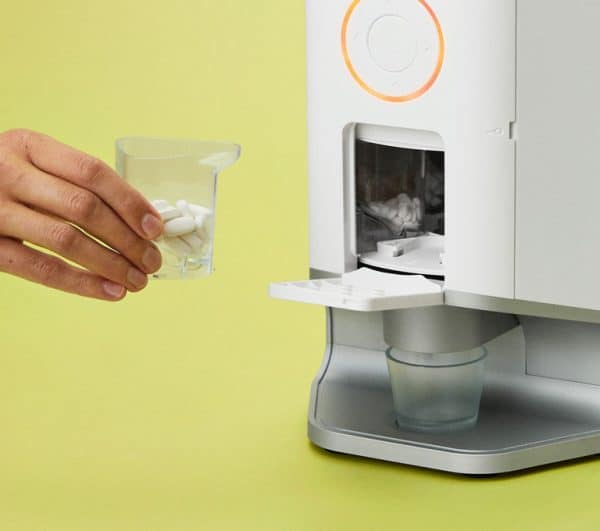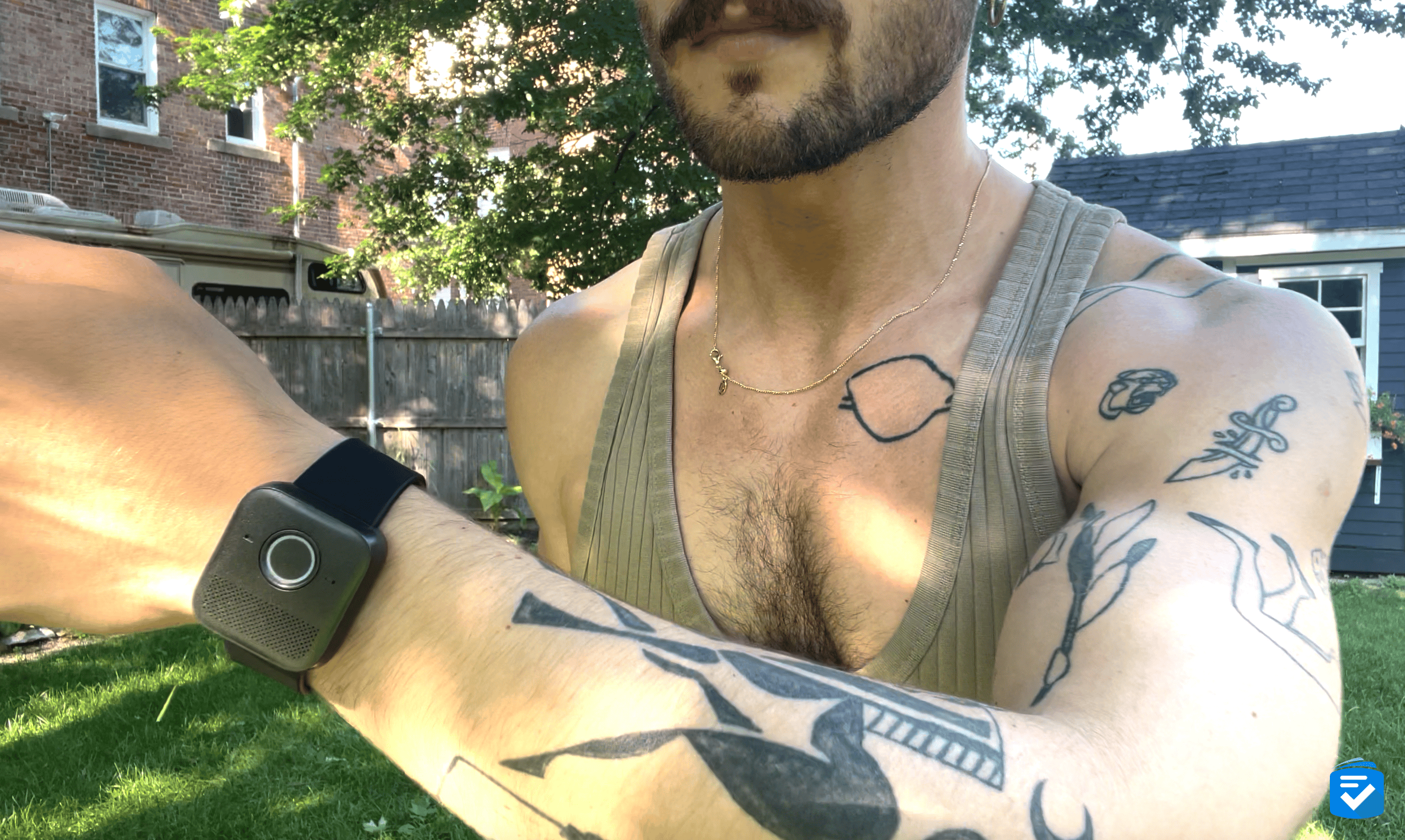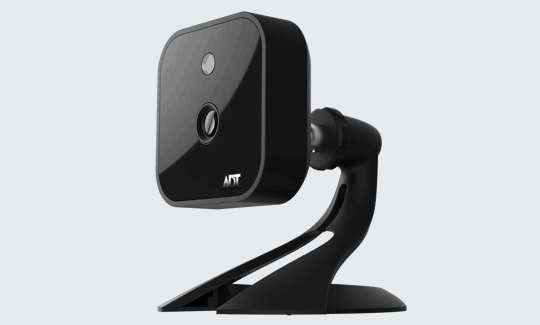Guide to Home Automation for Aging in Place
Home automation isn’t the first thing you think of when imagining an older loved one aging in place. However, it can offer practical and thoughtful solutions when used correctly. Home automation can boost safety, simplify and assist in daily routines, and offer peace of mind to seniors and their caregivers without being too invasive.
That being said, home automation can feel like a lot to figure out, especially if you’re new to this technology, too. That’s why in this guide, our senior care experts who’ve mastered home automation will walk you through everything you need to know. We’ll discuss your options, help you choose the right tech for your situation, and offer practical tips and step-by-step instructions. Let’s dive in!
Essential Home Automation Technologies for Aging in Place
Home automation is a broad topic, so let’s start by discussing the most essential home automation technologies that can benefit older adults aging in place.
Smart Lighting Systems
Proper lighting helps prevent falls and makes it easier to move around confidently. It’s also an added layer of security against break-ins, especially if the senior is living alone.
At the very least, we recommend motion-activated lights. These devices turn on when they detect human movement, which can be useful during late-night trips to the bathroom. Place them along hallways, near stairs, and in rooms where your loved one might take a trip to at night (e.g. in the kitchen to get water). Just make sure to inform them where the smart lights are placed so they won’t get shocked when they trigger the lights to turn on. Or better yet, choose a model that softly turns on.
For seniors’ well-being, we also recommend smart lights you can schedule to slowly brighten in the morning to mimic natural sunlight or dim at night. These smart lights can help with sleep patterns, and thus improve overall health.
WE RECOMMEND: Choose warm-toned LED bulbs for evening hours, as cooler blue light can interfere with sleep quality, according to research from Harvard Medical School.
Voice-Activated Assistants
AI voice assistants like Alexa, Siri, or Google Assistant make life easier, especially for people with mobility or vision challenges. You can set reminders, make hands-free calls, check the weather, or play a favorite song, all with simple voice commands.
We love using Google Assistant to wake us up in the morning and check the weather while getting dressed. In the same vein, we use Google to shut off and turn on our lights, set timers, and even ask random questions.
Other popular uses include:
- Medication and appointment reminders
- Calling family members
- Controlling lights or the thermostat
- Listening to news, music, or audiobooks
The key is to stick to one AI voice assistant, and set up compatible devices together. Program favorite contacts, add reminders, and keep commands simple. With a little practice, voice assistants can become one of the most helpful tools in the house.
Smart Thermostats and Climate Control
It gets harder to regulate body temperature as we age. Smart thermostats help by automatically adjusting the temperature based on time of day and/or room activity. You can even control them remotely through an app if your loved one forgets to turn up the heat. We love smart thermostats because they offer:
- Consistent comfort throughout the day
- Energy savings; on average, an ENERGY STAR smart thermostat can save about 8 percent off heating and cooling bills, amounting to $50 a year.
- Alerts for extreme temperatures
- Remote access for family caregivers
This can be a big win for seniors on fixed incomes, who want to stay warm in winter without sky-high utility bills.
Medication Management Systems

Keeping up with medications can be one of the biggest challenges. Smart pill dispensers and reminder apps help make sure no dose is missed and can alert you if something is. Look for features like:
- Timed dispensing
- Visual and audible reminders
- Family notifications for missed doses
- Secure compartments to avoid mix-ups
NOTE: Start with a simple smart pill organizer before investing in more complex automated dispensing systems to ensure that the older adult is comfortable with the technology.
Fall Detection and Emergency Response

Falls are one of the most serious risks for older adults living alone. One out of every four older adults falls each year, according to the Centers for Disease Control. Today’s medical alert systems go way beyond the old push-button pendants. Many now detect falls automatically and contact help right away. Here are some available options:
- Wearables with fall detection, like medical alert systems with pendants, bracelets, or belt clips
- Smart floor sensors
- Video monitoring with motion analysis
- Automatic alerts to family and emergency services
You can even customize who gets notified (neighbors, family, or emergency responders), so your loved one never has to face an emergency alone.
Home Security and Access Control

Smart security systems help protect against break-ins and give family members peace of mind. Cameras, door sensors, and smart locks let you keep an eye on things and control who has access to the home. Common features include:
- Doorbell cameras with two-way talk
- Motion sensors and door alerts
- Smart locks with temporary access codes
- 24/7 monitoring services
Doorbell cameras are especially helpful, as they allow seniors to talk to visitors without getting up or opening the door. We love using our doorbell camera to make sure the Amazon delivery man is who he says he is, and tell him where to put our packages to avoid theft.
To learn about home security systems we’ve tested ourselves, read our reviews:
- ADT Home security review
- Ring home security review
- Vivint home security review
- SimpliSafe home security review
FYI: Program smart locks with unique codes for different service providers, making it easy to grant and revoke access without changing physical keys.
Water and Fire Safety Systems
Smart sensors can detect smoke, gas, carbon monoxide, and water leaks, crucial for preventing accidents that could cause injury or property damage. Here are some helpful options:
- Leak detectors near sinks, tubs, and appliances like dishwashers
- Smoke and CO alarms with phone alerts
- Automatic shutoff valves for water pipes
- Integration with existing home security systems
Many of these systems send alerts to caregivers, so you’ll know right away if something’s wrong, even if you’re not nearby.
Activity Tracking and Pattern Recognition
Smart sensors can help you understand daily routines without being invasive. They can detect changes in behavior, such as skipped meals or irregular sleep. These things might signal a health concern. Monitored patterns may include:
- Sleep duration and quality
- Bathroom visits
- Kitchen use
- Medication routines
- Social activity
With some systems, these insights can be shared with doctors or used by family members to spot problems early, before they become emergencies.
Vital Sign Monitoring
Wearables and smart devices can track vital signs. Keeping track of things like heart rate, blood pressure, and oxygen levels can make it easier to manage chronic conditions and catch potential issues before they escalate. From the options we tested, here’s what current smartwatches can track:
- Blood pressure
- Body temperature
- Heart rate and rhythm
- Oxygen saturation
- Weight trends
Some devices can also sync directly with your doctor’s office or caregiver app, keeping everyone in the loop. That being said, the health monitoring of a smartwatch does not compare to actual medical devices, so regular doctor’s visits are still a necessity.
TIP: Choose devices that automatically sync with healthcare provider systems to ensure medical teams have access to current health data during appointments.
Cognitive Health Support
Smart technology can gently support cognitive health by offering mental stimulation, social engagement, and reminders for daily tasks. Options include:
- Routine reminders
- Brain games and memory apps
- Video calling for social connection
- Simple calendar and to-do list tools
We’ve seen that even basic reminders for meals, medications, or doctor appointments can make a big difference in day-to-day confidence.
Social Communication
Staying connected is also crucial for emotional and cognitive health. Thankfully, technology has made it easier than ever. Here are some helpful tools to consider:
- Large-screen video calling devices such as smart displays (e.g. Amazon Echo Show, Nest Hub Max, etc.)
- Voice-controlled call features (e.g. Siri, Google Assistant)
- Group call options for family meetings
- Integration with social media or messaging apps
Make it easy by pre-programming contacts and setting up regular check-in times. It’s a simple way to make your loved one feel connected and cared for.
Social Engagement and Entertainment
Smart home systems also make room for fun. Streaming TV, audiobooks, music, and virtual social groups can help keep isolation at bay. Some popular options include:
- Streaming shows and movies
- Music via Spotify or Pandora
- Audiobooks or podcasts
- Online classes or clubs
- Virtual reality “travel” experiences
TIP: Set up entertainment systems with simple voice commands and large-button remote controls to ensure easy access without frustration.
Choosing the Right Devices and Systems
Now that you know all of the home automation technologies available to you, here’s how we recommend you choose the right products.
Compatibility and Integration
Look for systems that work well together, ideally under one platform, so your loved one doesn’t have to manage multiple apps or remotes. Major platforms include:
- Amazon Alexa (Echo devices)
- Google Assistant (Nest products)
- Apple HomeKit (iPhones/iPads)
- Samsung SmartThings
- GrandPad (senior-specific)
Sticking to one system makes it easier for you to help from a distance, too.
Professional Installation vs. DIY Setup
Some devices you can plug in and use right away. Others might need a pro. It depends on what you’re setting up and your comfort level with tech.
Consider professional installation for:
- Security systems, especially if they’re hardwired
- Hardwired smoke detectors
- Smart thermostats
- Medical monitoring systems
DIY-friendly options include:
- Voice assistants
- Smart bulbs and plugs
- Simple pill reminders
- Video call displays
Often, professional installation includes training and ongoing support, which can be valuable for seniors who prefer having expert guidance. Many companies also offer senior-specific services with additional patience and detailed explanations.
Costs and Insurance Considerations
Contrary to what many believe, home automation doesn’t have to break the bank. Many families start with a few essential tools and build from there.
| Category | Basic Setup | Comprehensive Setup |
|---|---|---|
| Lighting and safety | $100–$300 | $500–$1,000 |
| Communication | $50–$150 | $200–$500 |
| Health monitoring | $100–$400 | $500–$1,500 |
| Security systems | $200–$600 | $1,000–$2,500 |
| Monthly services | $20–$50 | $50–$150 |
Generally, automating your home could cost a few thousand dollars, but you can keep things cheaper by setting up devices yourself.
Insurance Coverage and Medicare Benefits
Some Medicare Advantage plans, along with some long-term care insurance policies, cover devices like:
- Medical alert systems
- Remote health monitoring tools
- Fall detection equipment
- Smart medication dispensers
It’s worth calling your provider to ask what’s covered. Traditional Medicare usually doesn’t cover these devices, but that may change in the future.
Conclusion
As we move forward with home automation, let’s keep in mind that this isn’t about chasing every new gadget. It’s about using the right tools to make life a little easier, a little safer, and a lot more comfortable for the people we care about. By focusing on what actually helps day to day, you can create a space that supports independence while easing some of the pressure on yourself as a caregiver. This is a learning process for everyone involved, and it’s okay to take it one step at a time.
Frequently Asked Questions
-
What is the most important smart home device for senior safety?
Motion-activated lighting systems provide the greatest immediate safety benefit by preventing falls during nighttime navigation. Medical alert systems with automatic fall detection are equally crucial for emergency response.
-
How much does basic home automation for seniors typically cost?
Essential safety features including motion lighting, voice assistant, and medical alert system can be implemented for $200 to $500 initially with monthly service fees of $20 to $40. Comprehensive systems range from $1,000 to 5,000, depending on the features.
-
Will Medicare cover any smart home automation devices?
Some Medicare Advantage plans cover medical alert systems, remote health monitoring devices, and fall detection equipment as supplemental benefits. Traditional Medicare doesn’t cover smart home technology, typically.
-
How do I convince a resistant senior to try smart home technology?
- Acknowledge their concerns and focus on their desire to stay independent and comfortable at home
- Explain how technology can make daily tasks easier, improve safety, and help them stay connected.
- Begin with something simple and non-intrusive, like a smart light or voice assistant.
- Involve them in choosing and trying the technology so they feel in control.
- Give them time to adjust, and reassure them that the goal is support, not surveillance.
